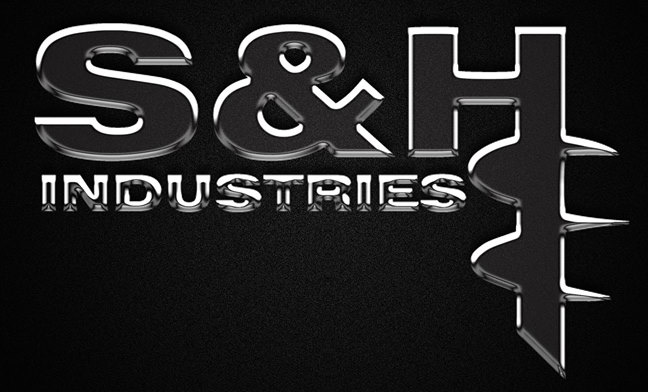Follow Us x
Helical Piers
Helical Piles, while not new to the construction industry, are growing in popularity as a versatile and reliable alternative to traditional pilings. As far back as 1836, they have been used in coastal construction of lighthouses, marina piers, bridges and other structures. Their ease of installation in a coastal environment and their resistance to erosion makes them ideal for shoreline construction.
Helical piles (also known as helical piers, screw piles, helical anchors, auger piles and deep foundation piles) consist of a central steel shaft with one or more helix-shaped bearing plates that are rotated into the ground to transfer the weight of a structure to the subsurface soil. Helical extensions can be added so the piles can be installed to the depth and/or torque required for the project. Helicals can be installed for compressive loads (downward force) or for loads in tension (upward force). Depending on the application, helical piers can be finished with a variety of load-transfer devices, from underpinning brackets for existing spread-footing foundations, new construction caps to incorporate into a grade beam, beam brackets for existing joists, to tie backs.
Helical piers can be fabricated in a wide variety of lengths, sizes and helix configurations to accommodate any type of soil conditions found on residential, commercial and industrial applications.
All leads, extensions and brackets can be either hot-dipped galvanized or bare steel, depending on the application.
Helical piers are usually installed with a small excavator equipped with a hydraulic motor and pressure gauges. This anchor installation process enables S & H to install high-capacity piles in limited access areas that provides additional structural support. For extremely inaccessible areas, S & H also owns hand equipment that enables installation of helical piers almost anywhere.
Contact S & H Industries today for addition information, a free consultation or price estimate in Brielle, Point Pleasant, and Manasquan NJ.

